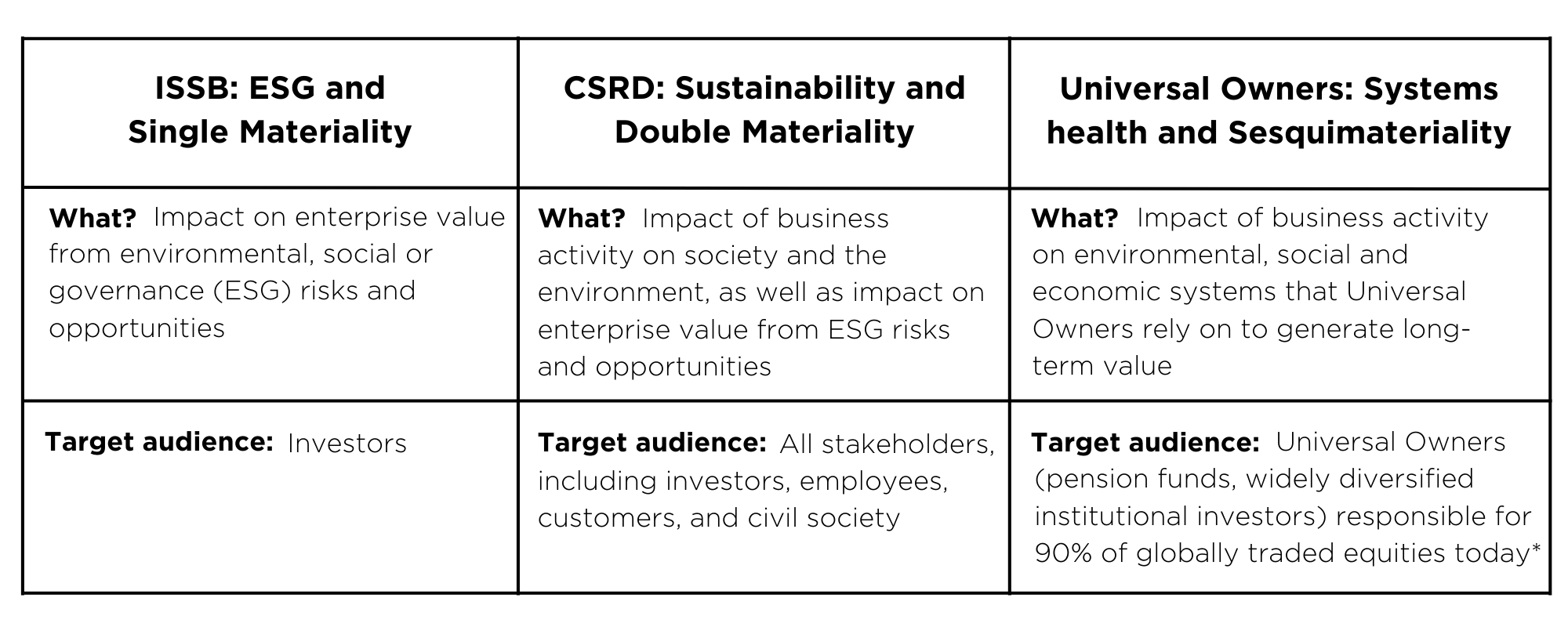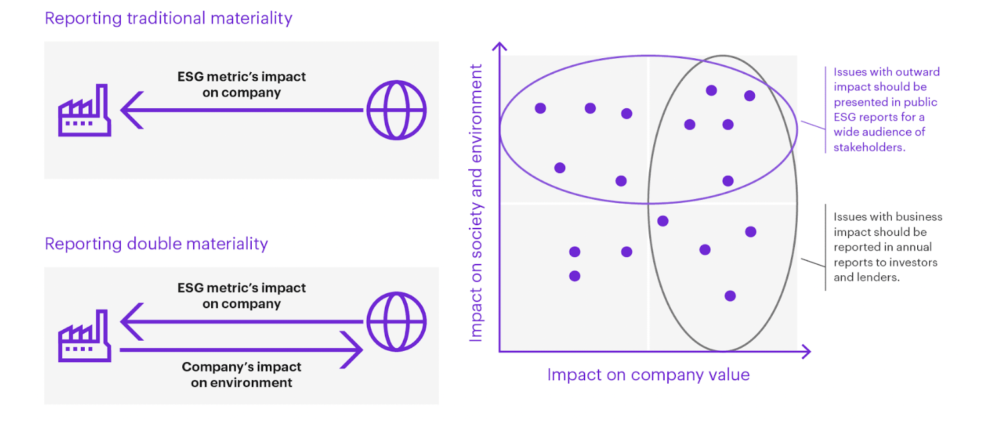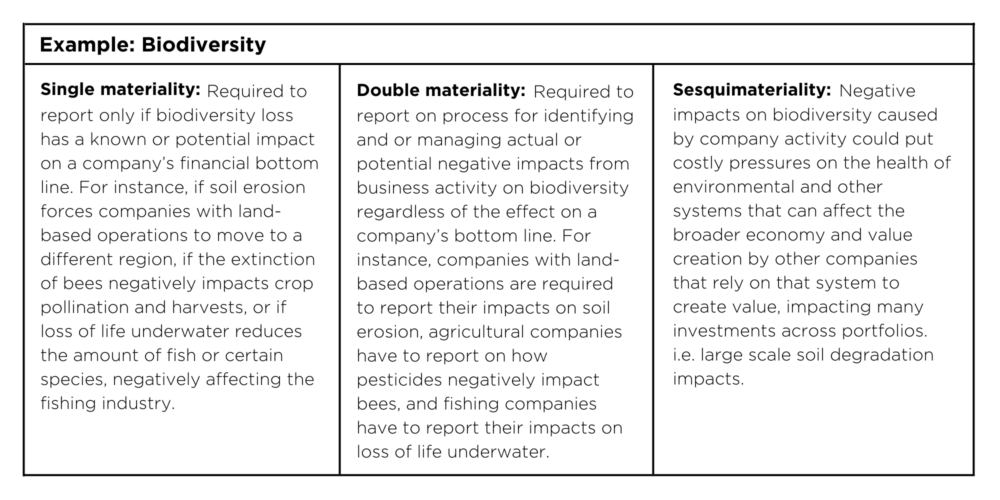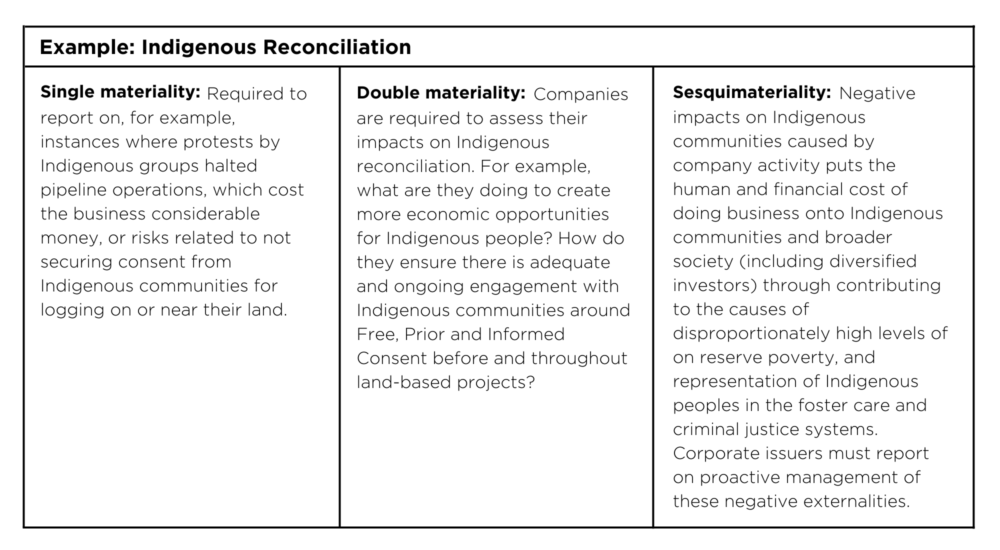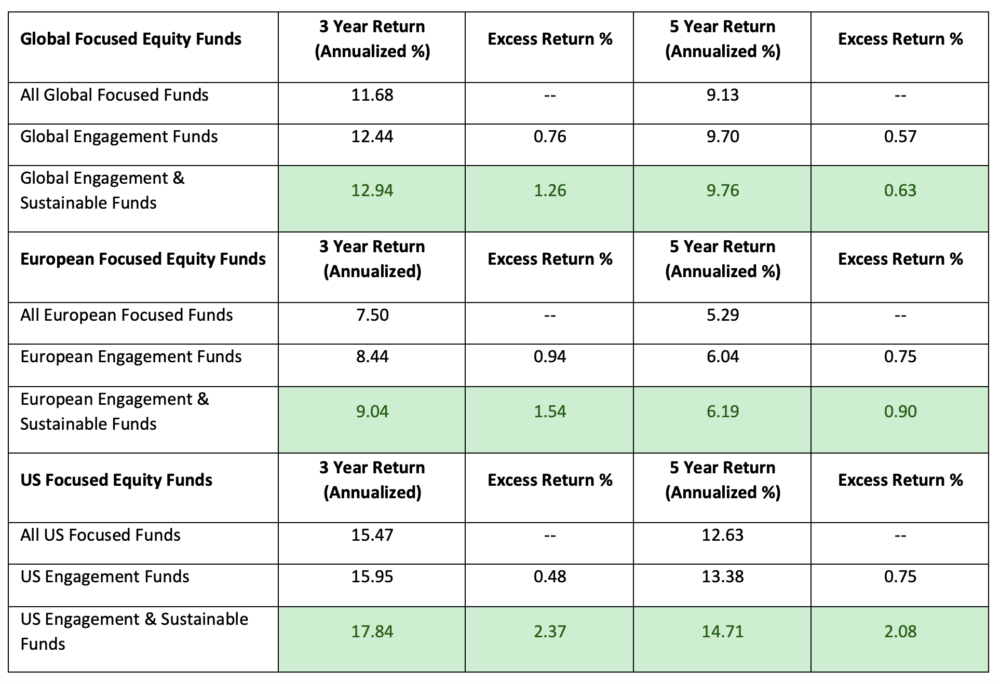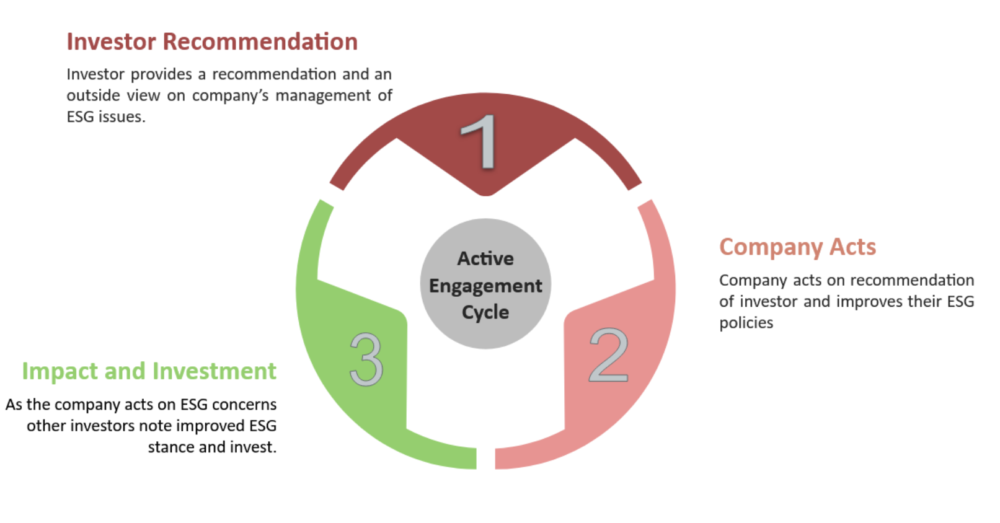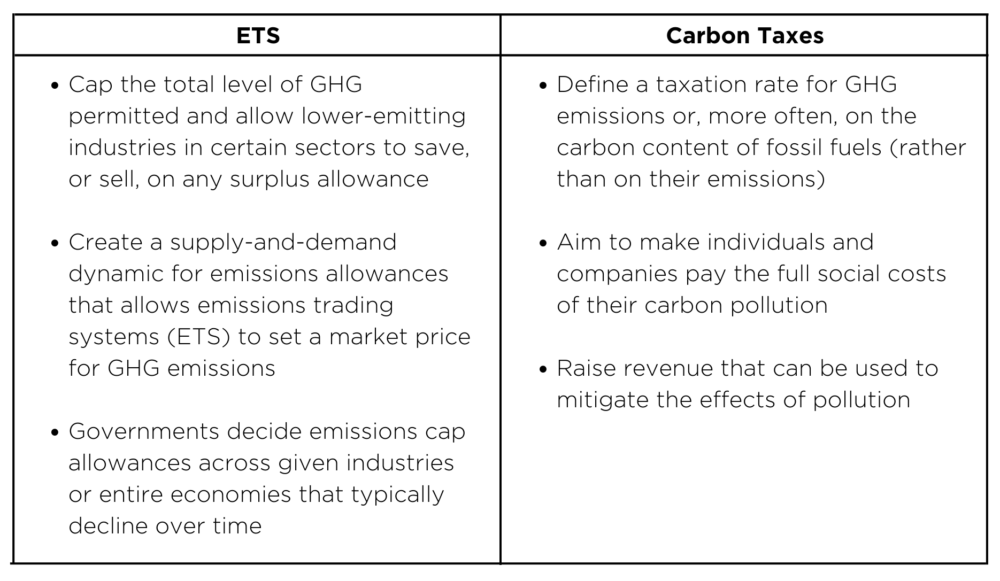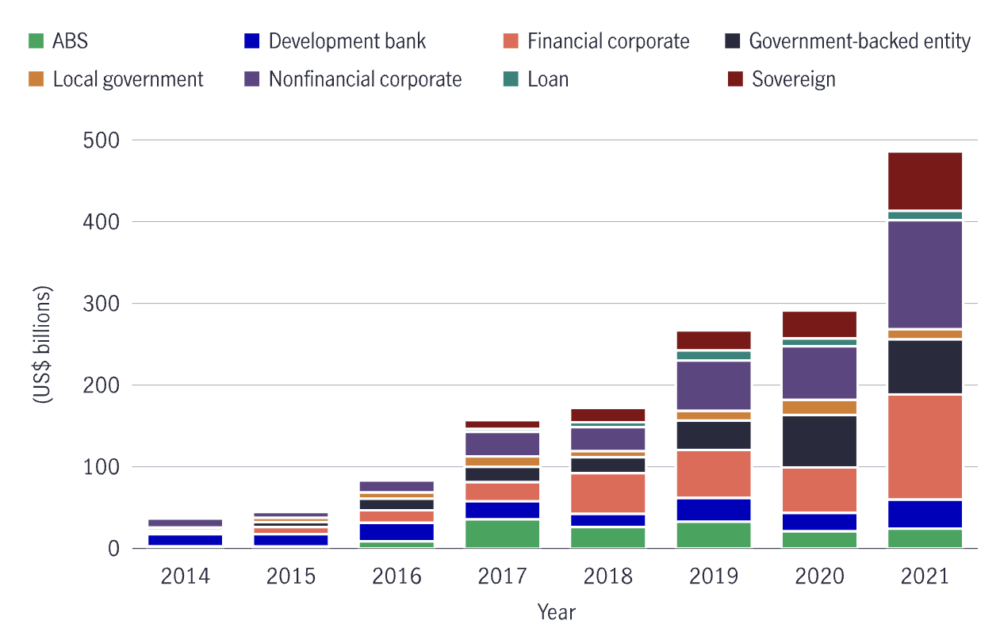As 2022 continues to be punctuated by disruptive weather and climate disasters around the world, pressure is mounting for both public and private sectors to support and meet net-zero targets. Yet Canada is uniquely positioned – and challenged – by the global transition to net zero.
In 2018, the Government of Canada appointed the Expert Panel on Sustainable Finance to present a set of recommendations to scale and align “financial sector expertise, ingenuity and influence towards the challenges and opportunities posed by climate change.” Included among these recommendations was to:
“Encourage Canada’s leading asset managers to establish a national investor-led engagement Program, akin to Climate Action 100+, to drive a broader and more consistent dialogue with Canadian issuers. To be led by Canada’s asset management community.”
Climate Engagement Canada (CEC) is the response to that call to action, aiming to become Canada’s blueprint for investor-led climate action. The first-of-its-kind national collaboration builds on Climate Action 100+ (CA100+), a global initiative which seeks to ensure that the largest global corporate GHG emitters take necessary action on climate change. CA100+ is an investor-led initiative focused on high estimated or reporting emitting corporations. Out of the 167 issuers CA100+ engages with, only six are Canadian: NRL, Enbridge, Imperial Oil, Suncor, TC Energy, and Teck. In that sense, the CEC picks up where the CA100+ initiative leaves off.
CEC was launched in October 2021 to drive dialogue with Canadian corporate issuers to promote a just transition to a net-zero economy and, through constructive collaboration, ambitiously manage climate change risks, while considering factors that are unique to Canada. Engaging constructively with top emitters is critical for the success of Canada’s transition to a low carbon economy and the long-term prosperity of Canadian communities as we move toward a net-zero world.
Guiding Principles for Engagement
CEC engagements aim to collaboratively discuss with company boards and senior leaders the concerns and expectations of the financial community relating to a timely transition to a low carbon economy. These include shared engagement tools and approaches ranging from formal letters, to ongoing meetings with company leadership. Specifically, CEC engagements revolve around the following objectives:
- Define accountability and oversight of climate change risks and opportunities;
- Develop a clear roadmap anchored in comprehensive strategies to reduce their GHG emissions across their value chains;
- Set measurable targets of relevance to their sector;
- Disclose climate data in alignment with the best-in-class standard of the Task Force on Climate-Related Financial Disclosures (TCFD); and
- Align advocacy activities, including those done through industry associations, with the goals of the Paris Agreement.
From CA100+ to the CEC
CEC will be maintaining core elements of CA100+, as discussed by CEC leadership in a panel conversation at the RIA Virtual Conference. Benchmarking is a key component of this approach. The CA100+ Net Zero Company Benchmark is used to assess the performance of companies against three high-level goals: emissions reduction, governance, and disclosure. CEC will use this robust framework as a starting point for its work and find opportunities to build further and integrate, where necessary, a Canadian approach to this framework and methodology.
“One of the great things about this initiative is all the benchmarking work that will be done can be leveraged by the organizations, and it will be done on a consistent basis. That work can be leveraged in our investment decisions and proxy decisions.”
-Barbara Zvan, President and Chief Executive Officer, University Pension Plan Ontario & CEC Steering Committee Chair at the CEC panel discussion of the RIA Virtual Conference 2022
Building the Approach for a Canadian Context
CEC participant investors manage over $3.6 trillion in assets, with many participating in CA100+ engagements as well. CEC is implemented by several investor networks, including the Responsible Investment Association (RIA), Shareholder Association for Research and Education (SHARE), Ceres, and supported by the Principles for Responsible Investment (PRI).
Applying the pioneering work of CA100+ to Canada’s net-zero transition comes with several challenges and opportunities. For the transition to be inclusive and successful, its impact on all groups must be considered. Just transition metrics that evaluate consideration and mitigation of transition impacts on the Canadian workforce and Indigenous communities are part of the CEC Net Zero Company Benchmark considerations.
“We have a great and growing Indigenous economy. We have to have the expertise in where the Indigneous economy is growing and can be included in this transition, and not just excluded as has been in all previous manifestations of this economy.”
– Kevin Thomas, CEO of SHARE, CEC Secretariat, during the CEC panel discussion at the RIA Virtual Conference 2022
Working Together to Build Bridges to Net Zero
The CEC is overseen by its participants through its Steering and Technical committees which reinforce and guide its work. The initiative engages top financial sector leaders through its Industry Leadership Advisory Panel, and partners with institutions like the TSX to deliver wide-reaching communications with Canadian corporate issuers. Furthermore, CEC engages and includes expertise from a wide range of experiences to support collective success, including: labour relations and workforce transitions, just transitions, Indigenous knowledge and business, think tanks, environmental organizations, corporate governance, corporate disclosure and accounting knowledge, among other strategically relevant themes.
Given the pace of change required to limit global warming to 1.5°C, the role that the CEC and its various stakeholders can play in Canada is both exciting and challenging. As summarized by Karen Lockridge, Director of ESG Investing at Canada Post Corporation Pension Plan and Chair of the CEC Technical Committee, during the CEC panel discussion at the RIA Virtual Conference:
“We all depend on the health, resilience and prosperity of the Canadian economy and financial system. The CEC contributes to this by bringing a cohesive message from the financial community, supporting industry alignment, and bringing a collaborative, unified approach to engagement.”
To learn more, the 2022 RIA Virtual Conference CEC session is available online.
